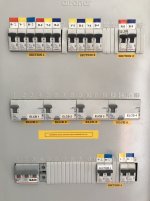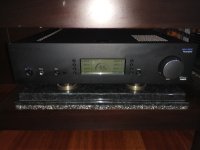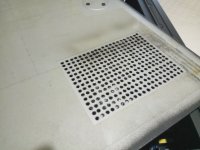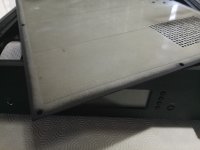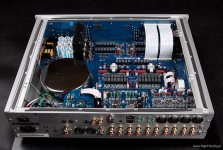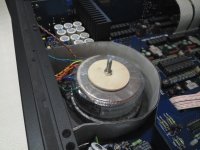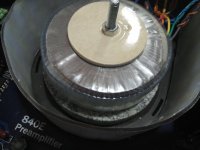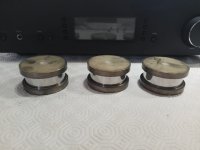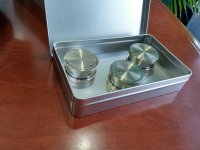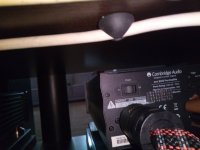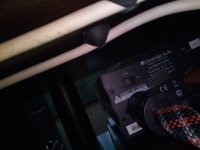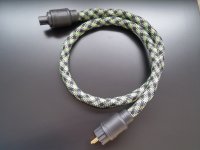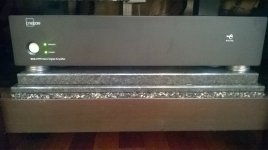The story of my pre Cambridge 840E
First of all, i must say that i do not have much experience with other pre amplifiers. In my own system, I only tested a Denon and a Classé.
After a lifetime with integrated amplifiers, I decided to try a pre power solution. So, I bought a Roksan Caspian power (in second hand) and connected it to the pre section of the receiver (Denon 3805). Even that way, it was a clear step forward from my Classé CAP 101.
For me, and from that day, there was only one way: to find a good pre that could send me in the right direction of high end performance. And at time it appears on the market the combo pre power from the Cambridge Audio. I found it really beautiful, with a look of some high priced gear. All the magazines at time say that this combo was the affordable high end. I knew the dealer and it was easy (today is not so easy) to try at my home this combo.
And the day has come. First I try only the pre 840 E.
WOW! :yahoo1:What a difference! At 1.100 €, it was probably the most obvious upgrade, ever. And this with the Roksan Caspian power. So, I expected only the best from the addition of the Cambridge power, the 840W. I expect only the best in synergy terms between the combo of the same brand. But… I didn´t liked!

The Cambridge power made a big sound, with a lower and extended bass, but everything becomes very dark and heavy, the opposite of what I was looking for: an open and alive sound!
Only the pre had that kind of sound, so I only bought the 840 E.
With time I made some fine tuning…
Some common troubles with volume control, -you can read more about here
https://forum.audiogon.com/discussions/repair-your-cambridge-audio-840e-volume-contol-issues, made me drilled the cover (photo 2) because someone says the heat was/is the cause. I love to listen a bit loud, to pursuit the scale, and it real heats a lot above the capacitors and the volume control zone.
I also coated the inside of the cover with a thin layer of silicone to prevent the lid from vibrating (photo 3).
I remove the cover above the transformer (photo 4), but did a separation between it and the circuits, using some lead as a board (photo 5). The transformer is on top of a granite stone, with silicone between them (photo 6).
The feet (VCS – Vibration Control System) work very well (photo vcs1 and vcs2). You can find them here
http://allforhifi.com/index.php?id_product=8&controller=product.
Under the feet you can see two pieces of granite (photo 1), with different dimensions to ensure different resonance frequencies. Between the stones and the rack, a rubber composite makes the decoupling. With the VCS and the stones, everything comes more alive, with the sound a little more forward and out of the speakers.
As you certainly think by now, yes, i change the fuses. But I will talk about them in a dedicated chapter.

FOTO1
FOTO2
FOTO3
FOTO4
FOTO5
FOTO6
FOTOVCS1
FOTO VCS2
https://vimeo.com/258531951
